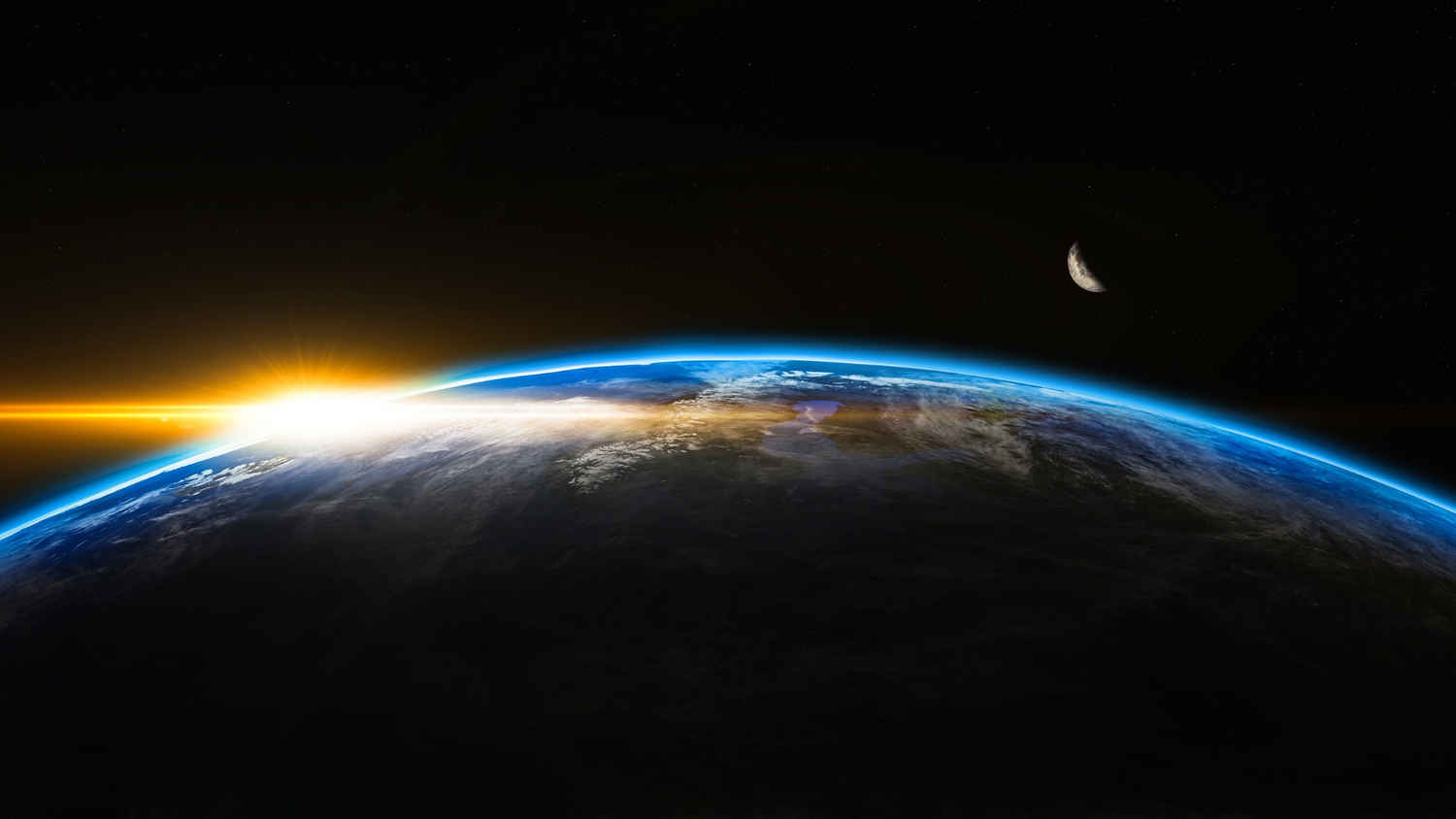Scientists predict 25-hour-long days on Earth due to Moon’s drift: Here’s when
So as per scientists, 1.4 billion years ago, Earth used to complete one rotation in just 18 hours.
As per their study, the Moon is moving away from the Earth at a rate of 3.82 centimeters per year.
Earth might experience 25-hour-long days 200 million years from now if this rate continues.

We all learned in our science class that one complete rotation of the Earth on its axis takes 24 hours. This is our one day. We also know that the Earth’s rotation is influenced by a lot of other astronomical bodies, including the Moon. You might be wondering why I am talking about the Earth, Moon, and rotation all of a sudden. Well, a new study by the University of Wisconsin-Madison suggests that as the Moon slowly drifts away from Earth, it impacts the Earth’s rotational speed.
 Survey
SurveyLet me break it down for you. So as per scientists, 1.4 billion years ago, Earth used to complete one rotation in just 18 hours. As per the research, the rotational speed of Earth is decreasing over time as the Moon moves further away. To understand the Earth’s interaction with the Moon, scientists analysed rock formations aged 90 million years.
Also read: NASA running on a 19-day deadline to bring back Sunita Williams and Butch Wilmore from space
Right now, the Moon is 384,400 km away from Earth and it takes 27.3 days to complete one orbit around the Earth. Stephen Meyers, a professor of geoscience at the University of Wisconsin-Madison, explains, “As the moon moves away, the Earth is like a spinning figure skater who slows down as they stretch their arms out. Beyond about 1.5 billion years ago, the Moon would have been close enough that its gravitational interactions with the Earth would have ripped the moon apart.”
As per their study, the Moon is moving away from the Earth at a rate of 3.82 centimeters per year. Earth might experience 25-hour-long days 200 million years from now if this rate continues. They say that this is a part of the “Milankovitch cycles,” which influence the distribution of sunlight on Earth and affect climate rhythms.
The study was conducted by Meyers, in collaboration with Alberto Malinverno, a research professor at Columbia University who developed TimeOptMCMC, a statistical approach to assess geological record variations. Because of this, they were able to analyse the relationship between the length of the day and the distance between the Moon and the Earth.
Mustafa Khan
Mustafa is a young tech journalist who tells it like it is, cutting through buzzwords to deliver straightforward smartphone reviews. He’s the office go-to for insider tips and quick demos, and his video content doesn’t waste anyone’s time. When he’s off the clock, he geeks out over cars, photography, and hunting down the best spot for Indian food. View Full Profile